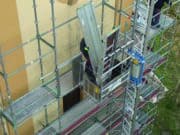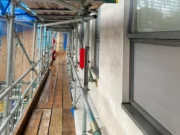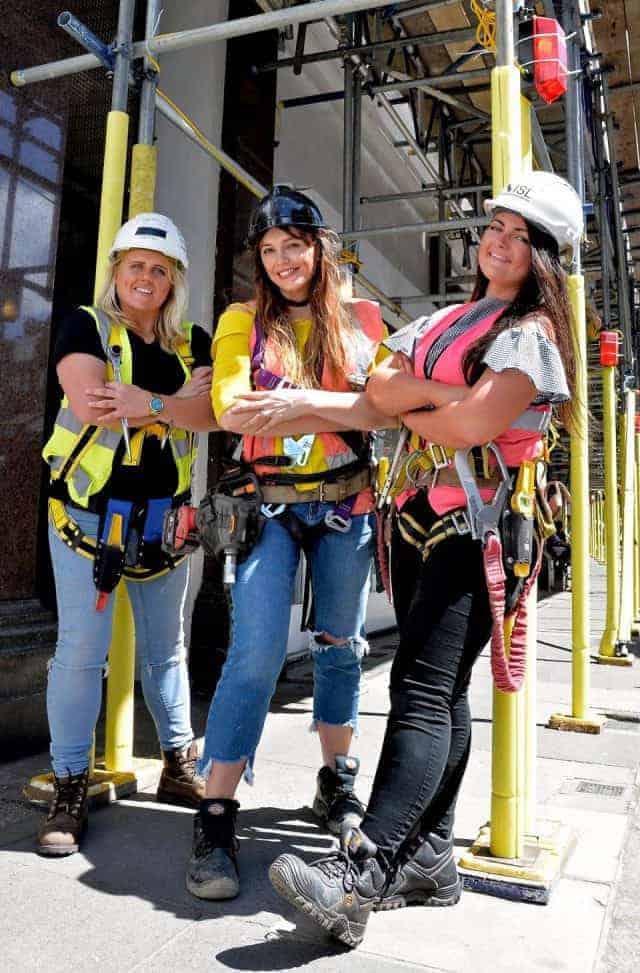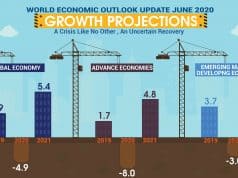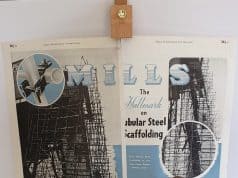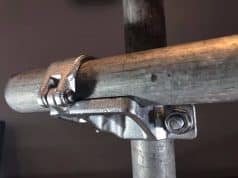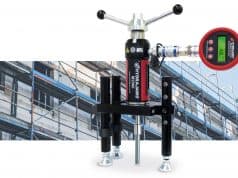I must have been asked this about 1000 times over the 8 years I’ve been in the industry, and over 1000 times I’ve roiled my eyes and sighed. It’s one of the most complicated questions to answer without either going into a long-winded story or sounding like a total bitch with a serious attitude problem. The question can come from Site managers, the man sitting next to you in the pub, other people on the SSTS course, college tutors, ground workers in the bait cabin, any new scaffs and even labourers you work with. It could also be a friend of a friend you’re introduced to or most people you meet really.
I get the impression everyone thinks you’re out there chasing your dreams because your dad, granddad or favorite uncle are scaffolders and you’ve been brought up as a tomboy really. Why else would you do this to yourself right? There’s bound to be a really inspiring story behind it. Well, it might be the case for others but not for me. The story goes, I was totally off the rails as a teenager, struggling with a council flat full of aging hand me downs including a 50-year-old sofa, ugly burgundy floorboards and un-decorated walls. I could go on forever describing the downbeat place I was in, but the top and bottom of it was I was on my own without the money to get someone to come and sort it out.
I was on the ‘rock and roll’, and one day I went to meet a friend and she asked me to come to an ‘open interview’ for an office job at a scaffolding company. As I had nothing better to do I made the effort. The director was there describing the job, he gave a speech about scaffolding being good money, the healthy outdoors, and the possibility of sending scaffolders to work abroad. “Can lasses do it”, I said. I had to ask as it sounded more adventurous to me. I’d tried seven other jobs from McDonald’s, call centres, door to door sales etc, and nothing interested me to keep me there longer than three months. He waffled on a bit and somewhere amidst the waffling I heard the words ‘equality and diversity’ is good for the company. Later that day they rang my friend, offering me a trial at the stadium of light as they were doing the stage for an Oasis Concert. This was 2009, the same year I started an apprenticeship with Citb, going on to gain my blue scaffold two years later.
Explaining all of that to people takes some time so I’d normally just reply “I didn’t want to be a scaffolder, I just fell into it”. To be honest, it’s the best decision I ever made, I can’t begin to explain how rewarding the hard work feels.
My life didn’t change dramatically in those two years. In fact it took a long time and a lot of hard work to sort myself out. It was when I nearly lost my job because of blowing a Monday shift I realised how much I cared, and how much I wanted to succeed. To finish what I’d started.
I now have a beautiful home my partner and I have bought, and we’re also getting married next year. I’ve not had to face anything on my own now for six years. I was also short-listed for Tradeswoman of the Year making the final three at this years’ Woman in construction awards. I was so proud to be part of it. I went on to work in Admin, Operations, Finance and now Contract management for North East company James Inglefords Scaffolding. I didn’t just take a job back in 2009, I took on a career.
Raising Awareness
Is it just me? Do others feel how I feel? Is it really that rare? I’ve always wondered this, but it wasn’t until I was approached last year and asked to help raise awareness of the lack of woman in the industry. The aim was to promote getting more woman involved. that I took action and came up with the facebook page ‘Females in Scaffolding’. Within those couple of months, I discovered Claudia Ferguson, from Sunderland, was an apprentice at Newcastle College, She’d transferred the second year of her specialist course over to AIS training centre, which just so happens to be on my doorstep, so I made contact.
I found Carlene Brookes, a part one scaffolder from London, then eventually Farren Williams. Eventually, I was getting answers, and yes there are other woman in the trade. But how many?
It was then I turned to CISRS who provide some fascinating information. There are only six-part two’s, eight Trainee’s, and 17 labourer registered. They couldn’t really tell me any more information about who they are or who was first, though I was secretly hoping it was me. They did confirm I was third to qualify. Top three, I’ll take that!
All of this research has really awakened a fire in me and although I downed tools almost three years ago to train as a QS, I’m ready to challenge myself again. I’m ready to get practicing and go for my level three Advanced course. It’s going to be so hard as I’m out of practice. I don’t scaffold every day now and haven’t for a couple of years, but I’m using the others as role models. It’s like riding a bike, you’ll never forget how to turn a spanner. I can’t wait to learn more and expand my skills.
The secret about scaffolders is we’re all insane but in the best way possible. We are lifesavers, the purpose of scaffold is so people can work at height, safely. I really don’t think the scaffold industry gets enough credit, what would construction do without it?
This article was first published in the Winter 2017 issue of the ScaffMag magazine. View Issue



